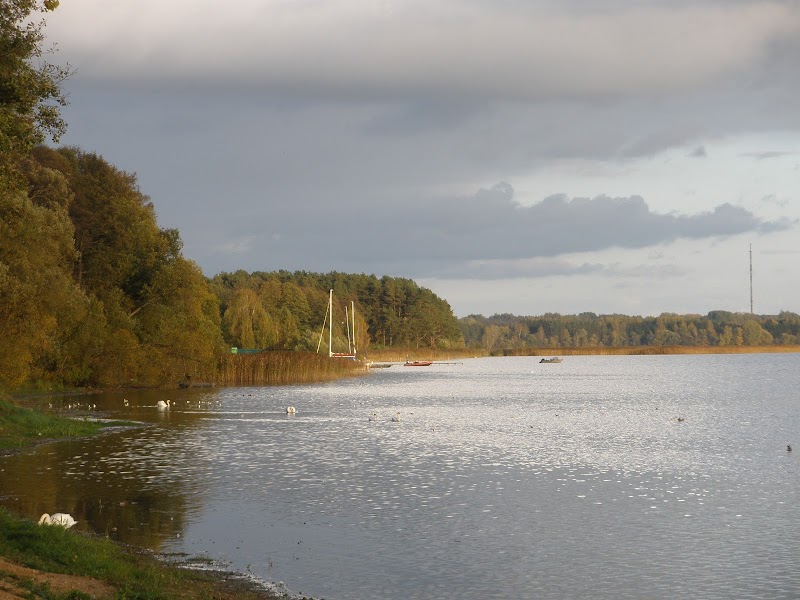Walking Among Free-Roaming Deer and Exploring UNESCO Heritage in Nara, Japan
Experience a rare adventure walking alongside hundred of free-roaming deer at Nara Park while immersing yourself in Japan’s rich history through its UNESCO World Heritage sites. This unique blend of nature and culture offers practical access and unforgettable moments for all who visit.
Wear Comfortable, Grippy Footwear
Paths vary from paved walkways to grassy or slightly uneven terrain, so sturdy shoes with good traction are key for comfort and safety.
Carry Water and Stay Hydrated
Though the park has vending machines and cafes, bringing your own water helps maintain energy, especially during warmer months.
Respect the Deer’s Space
The deer are accustomed to people but can be unpredictable; avoid sudden movements and only feed them designated deer crackers sold in the park.
Visit Early to Beat Crowds and Catch Soft Light
Mornings offer cooler temperatures and quieter paths, with natural light highlighting the park’s beauty and heritage sites perfectly for photos.
Walking Among Free-Roaming Deer and Exploring UNESCO Heritage in Nara, Japan
Nara Park presents an uncommon adventure: strolling alongside hundreds of free-roaming deer that navigate the grounds like quiet guardians. These deer, recognized as messengers of the gods in Shinto tradition, approach with curious calm, inviting you into a shared space where nature and history coexist. The park itself sprawls over 660 hectares, bordered by ancient temples and shrines, many designated UNESCO World Heritage sites.
Begin your walk at the park’s main entrance near Kintetsu Nara Station, where the terrain is flat and paths are paved with gentle slopes, perfect for relaxed exploration regardless of fitness level. As you wander, you’ll see Todaiji Temple loom large — home to the Daibutsu, Japan’s giant bronze Buddha sculpture. Its wooden architecture challenges time and weather, towering with a quiet strength.
The deer, numbering over 1,200, are accustomed to visitors offering deer crackers sold throughout the park, but maintain a respectful distance if you choose to admire them without feeding. Be prepared for the unpredictable paths between forest shadows and open plazas; the ground occasionally shifts from smooth stone to soft grass, inviting slow, deliberate steps.
Beyond the deer, the park connects with multiple UNESCO sites, including Kasuga Taisha Shrine, where hundreds of iron and stone lanterns whisper stories of centuries past. Here, moss-covered paths invite you to slow down, listen for the wind’s murmur, and notice the small details of a landscape fiercely itself.
Practical advice: wear sturdy walking shoes – you’ll easily cover 3 to 5 kilometers within the park alone. Carry water; while food and drink are available, keeping hydrated in summer is key. Visit in the morning to avoid crowds and catch the soft light filtering through ancient trees. Weather plays a role too: rainy days can turn trails slick, and winter mornings might bring frost that sharpens the air and silences the landscape.
Exploring Nara Park is less about conquering a route and more about embracing a dynamic interaction — with deer, history, and nature. The experience asks respect and patience, rewarding your steps with moments framed by tradition, wildlife, and a landscape that holds firm, alive and breathing, beneath the feet of every traveler.
Nearby Trips
All Adventures
Boat Charters
Water Activities
Adventures near Nara
Discover the unique and memorable adventures that make Nara special.
Frequently Asked Questions
Are visitors allowed to feed the deer in Nara Park?
Yes, feeding is permitted but only with the special deer crackers sold throughout the park. Feeding other snacks or hand-feeding can disturb their natural diet and behavior.
Is it safe to walk alone in Nara Park?
Nara Park is generally safe and well-visited during daytime. However, standard precautions should be taken, such as staying on marked paths and keeping an eye on your belongings.
How long does it take to see the main points of Nara Park?
You can comfortably explore the central areas and key UNESCO sites like Todaiji Temple and Kasuga Taisha Shrine within 2 to 3 hours walking, but plan more time if visiting museums or picnicking.
Are there any entrance fees for Nara Park or the deer?
Access to Nara Park itself is free, but some temples and museums within the park charge admission fees.
What should I do if a deer seems aggressive?
Deer can become pushy when chasing food; avoid sudden movements, don’t provoke them, and carefully back away if approached too closely.
What is the best time of day to photograph the park?
Early morning offers soft light and fewer visitors, creating opportunities to capture deer and temple facades bathed in warm, diffuse light.
Recommended Gear
Sturdy Walking Shoes
Protect feet on varied surfaces, from paved stone to soft grass.
Water Bottle
Keeps hydration steady, especially important in summer’s heat.
Rain Jacket or Umbrella
Spring rains can be sudden; staying dry keeps you comfortable on the trail.
Light Backpack
Carry essentials like water, snacks, camera, and souvenirs like deer crackers.
Local Insights
Hidden Gems
- "Wakakusa Hill offers panoramic views of Nara city and the park from above."
- "Isuien Garden, adjacent to the park, provides a quieter, contemplative space with seasonal blooms."
Wildlife
- "Apart from the famous deer, watch for local bird species such as Japanese white-eyes and crows."
- "Occasional sightings of fireflies in early summer near the park’s forested edges."
History
"Nara served as Japan’s first permanent capital over a millennium ago, and its temples reflect early Buddhist architecture that influenced the region’s spiritual and cultural development."

